-

Sodium Persulfate: The Ultimate Chemical Catalyst for Your Business Needs
Sodium persulfate, also known as sodium hypersulfate, is a versatile inorganic compound with a wide range of applications. This white crystalline powder is soluble in water and is mainly used as a bleaching agent, oxidant, and emulsion polymerization promoter.
-

High-Quality RESINCAST EPOXY for Durable Creations
As a professional adhesive used in various industries, RESINCAST EPOXY is known for its excellent bonding properties and versatility. Also known as Resincast Epoxy, this adhesive is composed of two main components – an epoxy resin and a curing agent.
-
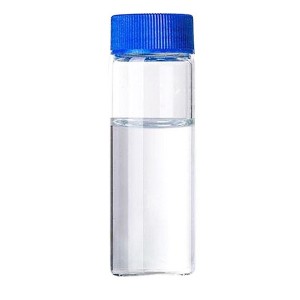
Polyisobutene – The Multi-Talented Substance in Today’s Industries
Polyisobutene, or PIB for short, is a versatile substance used in a wide range of industrial applications. It is commonly used in lubricating oil additives, polymer material processing, medicine and cosmetics, food additives, and more. PIB is a colorless, odorless, non-toxic isobutene homopolymer that has excellent chemical properties. In this article, we will explore the features, benefits, and applications of Polyisobutene.
-

Soda Ash Light: The Versatile Chemical Compound
Sodium Carbonate, also known as Soda Ash, is a popular and versatile inorganic compound. With its chemical formula Na2CO3 and molecular weight of 105.99, it is classified as a salt rather than an alkali, even though it is also known as soda or alkali ash in international trade.
Soda Ash is available in various forms, from dense soda ash, light soda ash, and washing soda. In this article, we will focus on the uses and benefits of light soda ash, a fine white powder that is easily soluble in water, tasteless, and odorless.
-
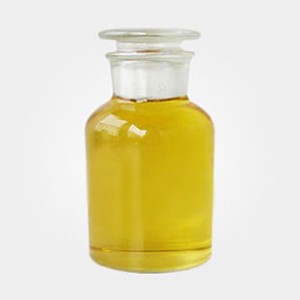
High-quality Pine oil for Sell
Pine oil is a product consisting of α-pine oil-based monocylinol and monocylne. Pine oil is light yellow to red -brown oil -shaped fluid, which is slightly soluble in water, and has a special odor. It has strong sterilization capabilities, good moist, cleaning, and permeability, and is easily emulsified by saponification or other surfactants. It has good solubility for oil, fat, and lubricating fat.
-
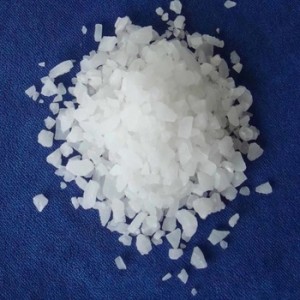
High-quality low ferric aluminum sulphate manufacturers
Aluminum sulfate, also known as ferric aluminium sulphate, is a versatile inorganic substance with various applications in different industries. This white crystalline powder, with a formula of Al2(SO4)3 and a molecular weight of 342.15, boasts impressive properties that make it an essential component in several processes.
-
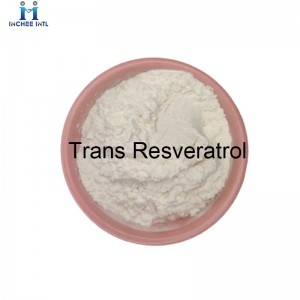
High quality Trans Resveratrol for sell
Trans Resveratrol, a non-flavonoid polyphenol organic compound, is a potent antitoxin naturally produced by numerous plants when stimulated. With the chemical formula C14H12O3, this remarkable substance is synthesized in grape leaves and grape skins, making it an essential bioactive ingredient found in wine and grape juice. Notably, Trans Resveratrol exhibits excellent absorption through oral consumption, ultimately getting excreted from the body through urine and stool after metabolism.
-
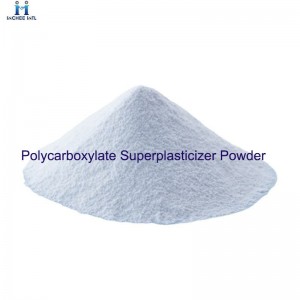
Manufacturer Good Price Polycarboxylate Superplasticizer Powder (PCE1030)
HIGH RANGE WATER REDUCER(PCE1030) is a water -soluble anion high -polymer electrical medium. PCE1030 has a strong adsorption and decentralized effect on cement. PCE1030 is one of the well -schizes in the existing concrete water reducing agent. The main features are: white, high water reducing rate, non -air induction type, low chloride ion content is not rusted on steel bars, and good adaptability to various cement. After using the water reducing agent, the early intensity and permeability of the concrete increased significantly, the construction properties and water retention were better, and the steam maintenance was adapted.
-
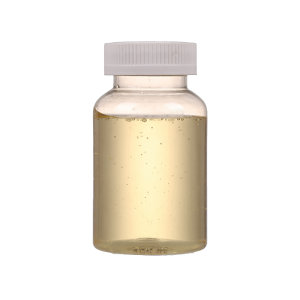
Reliable supplier of wetting agents
Wetting agents are substances that lower the surface tension of a liquid, allowing it to spread more easily. They are commonly used in a wide range of applications, including food, cosmetics, papermaking, water treatment, detergents, sugar production, fermentation, coating, textile printing and dyeing, drilling and refining, hydraulic oil and high-grade lubricating oil, release agents, and many other aspects.
-
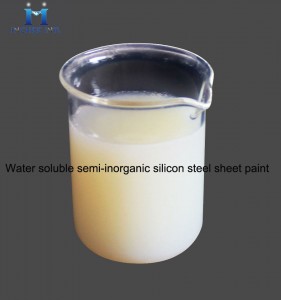
Manufacturer Good Price Water soluble semi-inorganic silicon steel sheet paint
Compared with the traditional silicon steel sheet paint, 0151 paint uses tap water as solvent, does not contain chromium, phenolic resin and other environmentally unfriendly components, is a new green product; The inorganic content of 0151 paint is up to 50%, which meets FranKlin burn test.






